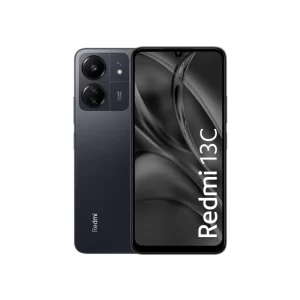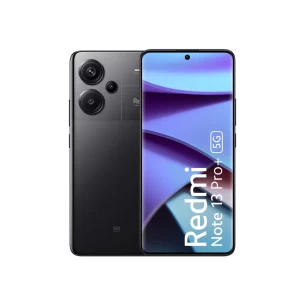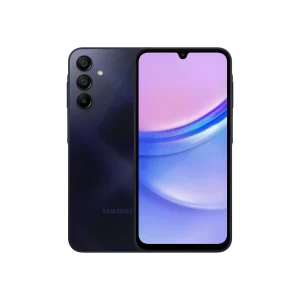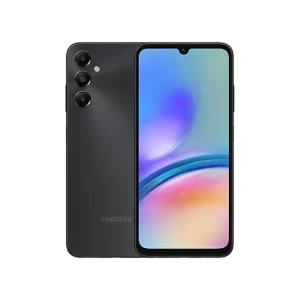The Portable Cloud is a device which has storage capacity, a decent processor, input and output ports and the ability to setup a Wi-Fi hotspot for people to connect to. We talked more about it in an article that showed how a piece of tech from Stanford University ended up being reborn as the Portable Cloud under a Zimbabwean vision. So if you’re not sure what it’s all about, that article could clear up some things.
Now, the main use case that is associated with the device is in education. Learning resources can be loaded onto the device for offline access. Students can access the content by connecting to the device through the Wi-Fi hotspot it creates. This is a very good use case which could potentially affect many people if schools adopt this tech, especially the schools in rural areas where there might not be an internet connection.
The content can be regularly updated and allow students to access the latest learning resources. However, is this the only application for this device?
Most of us have traveled using a bus at one point in time. I’m talking about those long distance journeys where you’re sitting for quite some time. On such journeys, you can quickly get bored if you didn’t come prepared with your own entertainment. Yes, some buses do provide entertainment but the problem is that the options are often limited.
Whatever will be on offer will also be neutral in terms of preference because the bus owner doesn’t know what each person will like or dislike. Fortunately, with the Portable Cloud, different types of media can be preloaded onto the device and people can access it. So it could have books, tutorials, you name it.
Everyone likes options and imagine knowing that you’ll be able to access free entertainment on the bus. No more worrying about whether you have enough storage space to load some episodes of your favorite series. So far, this sounds good for a user but how can the business owner benefit? Well, they can just charge an extra $1 and in a short time, they would have recovered their investment and be on their way to earning some extra money that they didn’t get before.
Other than charging the passenger, buses can also earn revenue from advertisements. What do I mean? I’ve been on some kombis (commuter omnibus) coming from Westgate area and some of them have these screens inside where music videos would be played. That is an underutilized revenue source. If a bus owner places content on the Portable Cloud and has a similar screen in the bus that displays some of the content from the device, then companies can advertise on that platform.
Ads can also be placed on the interface that people will see when they access the content on the Portable Cloud from their individual devices. Why would ads work in a bus when people already try to avoid them? Well, unlike when an ad comes while you’re watching your favorite TV show and you quickly glance away to your phone, in a bus that’s not possible. People are essentially forced to keep looking because whatever device they’re using to consume the content in the bus is the only one available. There’s no alternative thing to grab their attention.
Apart from ads and charging passengers extra for accessing the content, buses can earn from the distribution of local music. Distribution of music is one the things that upcoming artists struggle with. Fortunately, one bus from Harare to Bulawayo can carry 60+ passengers if it’s a double decker bus. Imagine how many times a week a bus travels and how many people a whole fleet will carry. Yes, some buses already play music but again, it’s neutral and even when trying to satisfy passengers, the opposite is achieved as the music you dislike might be the one being played.
Using the Portable Cloud as their hub for music streaming in a bus, bus owners can on board artists and charge them a fee for having their music distributed within the bus. If they actually play their cards right and start measuring key metrics like a number of people connecting, what they’re doing etc, the possibilities of growth are unimaginable.
With all this said, do you think that this is actually a realistic thing to try if you were a bus owner. I’d love to hear your thoughts down in the comments section. Let’s discuss how business owners can leverage devices such as the Portable Cloud to grow their businesses and revenues regardless of their industry.





5 comments
Well impressive but how do you upload files into the portable cloud and can you download files from it?
The owner has administrative access to the device so they can login to a dashboard that allows them to upload the content onto the device. Based on the implementation that I saw, users could only access the content e.g view it and stream it if it’s music.
I like the way you guys have all these amazing “monetizable” ideas. You should try monetizing them, and you will see that a lot is easier said than done. Profitability is always high on paper. By the way, you can build your own device like this using Raspberry Pi or other single-board computers, check out https://cloudnimbus.org/.
Hahaha maybe we should!
Good day i found this article quite useful. i am in the development space and we would like to know about how we can utilise this tech. How can i be able to get in touch with the developer?